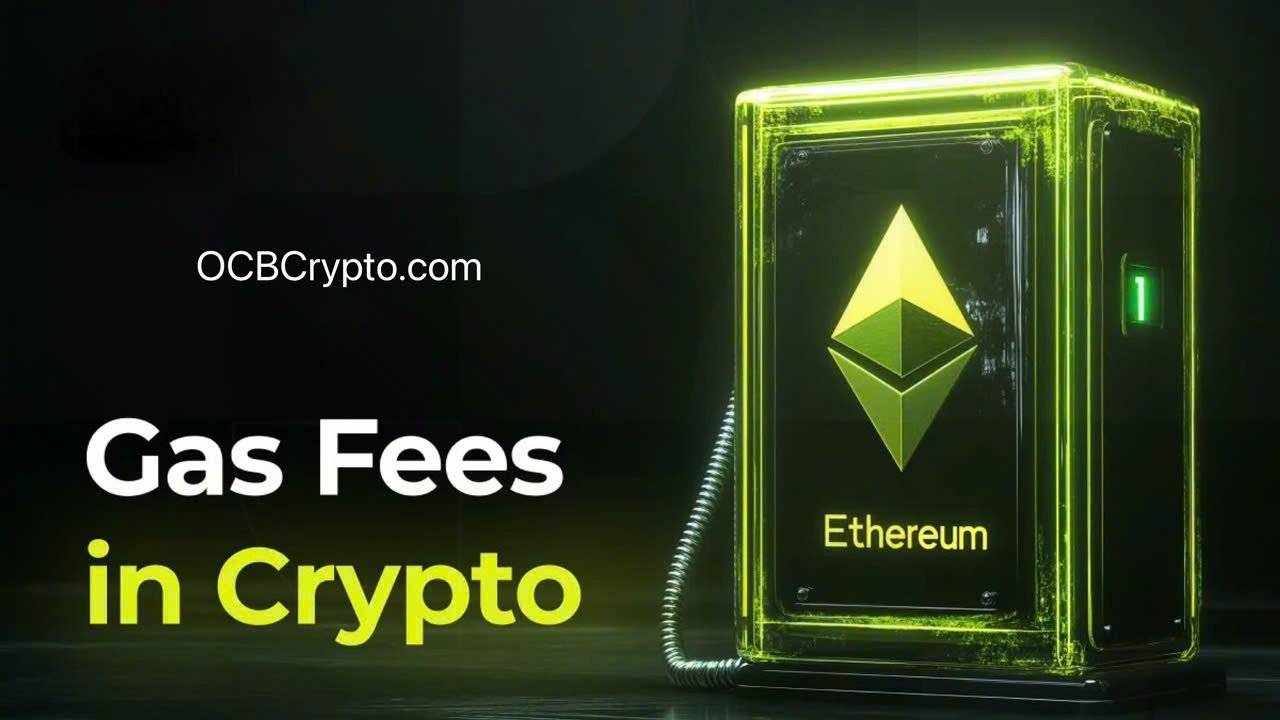Every cryptocurrency transaction incurs fees, and those specific to Ethereum are known as gas fees. They’re an essential aspect of the crypto ecosystem and must be considered during transactions.
So, what exactly are gas fees in crypto, and how do they function? How are they calculated, and what factors influence their amount? This article aims to address all your burning questions, including practical tips on minimizing gas fees and reducing transaction costs.
Save Money on Your Crypto Transactions: A Guide to Gas Fees

Gas Fees: A Deep Dive into Ethereum’s Transaction Costs
Gas fees, primarily associated with the Ethereum blockchain, are essential components of cryptocurrency transactions. Although nearly all cryptocurrencies have transaction costs, the term “gas fee” is specifically used to denote Ethereum’s fees. While “transaction fees” or “on-chain fees” encompass all transaction costs across different networks, gas fees are exclusive to Ethereum.
Understanding Ethereum Gas Fees
In Ethereum, gas fees are crucial for enabling users to conduct transactions and execute smart contracts on the blockchain. These fees are denominated in gwei, tiny fractions of an ether. The exact amount you’ll pay depends on factors like network congestion and the complexity of your transaction.
How Gas Fees Function
Gas fees serve as compensation for validators who stake and verify transactions on the Ethereum network. This system ensures the network’s self-sufficiency and incentivizes participation from users.
Factors Affecting Gas Fees
Gas fees are dynamic and fluctuate based on supply and demand. When the network is congested, gas fees tend to rise, while they decrease during periods of lower activity. Additionally, the type of transaction you’re performing influences the fee. For instance, simple transactions are typically cheaper than complex actions like minting NFTs.
Historical Context and the Merge
The gas fee system in Ethereum has remained relatively unchanged, even after the significant transition from proof-of-work (PoW) to proof-of-stake (PoS) in the Merge. Prior to the Merge, miners were rewarded for validating transactions, while the current PoS system compensates those who stake ETH.
Calculating Gas Fees: A Breakdown of Ethereum’s Transaction Costs
Gas fees in Ethereum are calculated using a formula introduced in the August 2021 London upgrade. This formula involves three primary components:
- Gas Limit: This represents the maximum amount of computational work a transaction can require. It’s measured in gas units, with a minimum of 21,000 gwei.
- Base Fee: This is a fixed fee per block, determined by network congestion.
- Priority Fee: This is an optional fee that can be set by the sender to prioritize their transaction.
The gas fee is calculated using the formula:
Gas Fee = Gas Limit x (Base Fee + Priority Fee)
Example:
If you want to send 0.05 ETH and choose a gas limit of 21,000 gas units, a base fee of 60 gwei, and a priority fee of 10 gwei, your total gas fee would be:
21,000 x (60 + 10) = 1,470,000 gwei = 0.00147 ETH
Therefore, you would need to send 0.05147 ETH in total.
The Role of Gas Fees in Ethereum
Gas fees serve several critical functions in the Ethereum network:
- Validator Compensation: They reward validators who stake ETH and participate in securing the network.
- Transaction Prioritization: Higher priority fees can expedite transaction processing.
- Network Stability: Gas fees help prevent network congestion and spamming.
- Security: They discourage malicious activities like denial-of-service (DoS) attacks.
Factors Influencing Gas Fees in Ethereum
Gas fees in Ethereum are influenced by several key factors:
- Supply and Demand: As with any market, the balance of supply and demand plays a crucial role in determining gas fees. Increased demand for network resources can lead to higher fees, while lower demand can result in reduced fees.
- Network Activity: The level of activity on the Ethereum network directly impacts gas fees. When the network is congested with numerous transactions, gas fees tend to rise due to increased competition for resources.
- Protocol Upgrades: Significant changes to the Ethereum protocol, such as the London upgrade or the Merge, can affect gas fees. These upgrades may introduce new mechanisms or alter existing ones, impacting the calculation of gas fees.
Post-Merge Gas Fees in Ethereum
The Ethereum Merge, a significant upgrade in September 2022, shifted the network from a proof-of-work (PoW) to a proof-of-stake (PoS) consensus mechanism. While this transition altered how validators are rewarded, it did not fundamentally impact the gas fees paid by users.
Gas fees in Ethereum continue to be primarily influenced by supply and demand factors, leading to fluctuations in cost. This remains a challenge for the network, even after the Merge.
Strategies for Minimizing Gas Fees
While gas fees are unavoidable, there are strategies to minimize them:
- Time Your Transactions: Conduct transactions during periods of lower network activity to benefit from reduced gas fees.
- Prioritize Carefully: Choose a minimal priority fee if you’re not in a hurry, as this can reduce your overall gas cost.
- Adjust Wallet Settings: Explore your wallet’s settings to find options for customizing gas fees.
- Optimize Smart Contracts: Developers can enhance gas efficiency by optimizing their smart contracts.
Gas Fee Variations by Transaction Type
The type of transaction you’re performing affects the gas units required. Regular ETH transfers have the lowest gas fees, while more complex operations like NFT transfers or interactions with dApps consume more gas units.
Conclusion
Gas fees in Ethereum and transaction fees on other blockchains are essential for network operations. They determine the cost of validating transactions and are added to the amount you send. These fees contribute to network security, prevent spam, and ensure smooth functioning.
By understanding gas fees, you can make informed decisions to minimize costs and optimize your Ethereum transactions.




